Labouring For Love
Solo Exhibition
Curated by Ahmed Hassan Shawky
Installation, Photography, Soft Scultpures, Text, Video
ARD Art Institute
2025


The Second Shift of a Ladybug
A found photo, dimensions: 5.60 × 2.90 M.
From a photographic series of the same name,
2024
Full project is here.
A found photo, dimensions: 5.60 × 2.90 M.
From a photographic series of the same name,
2024
Full project is here.
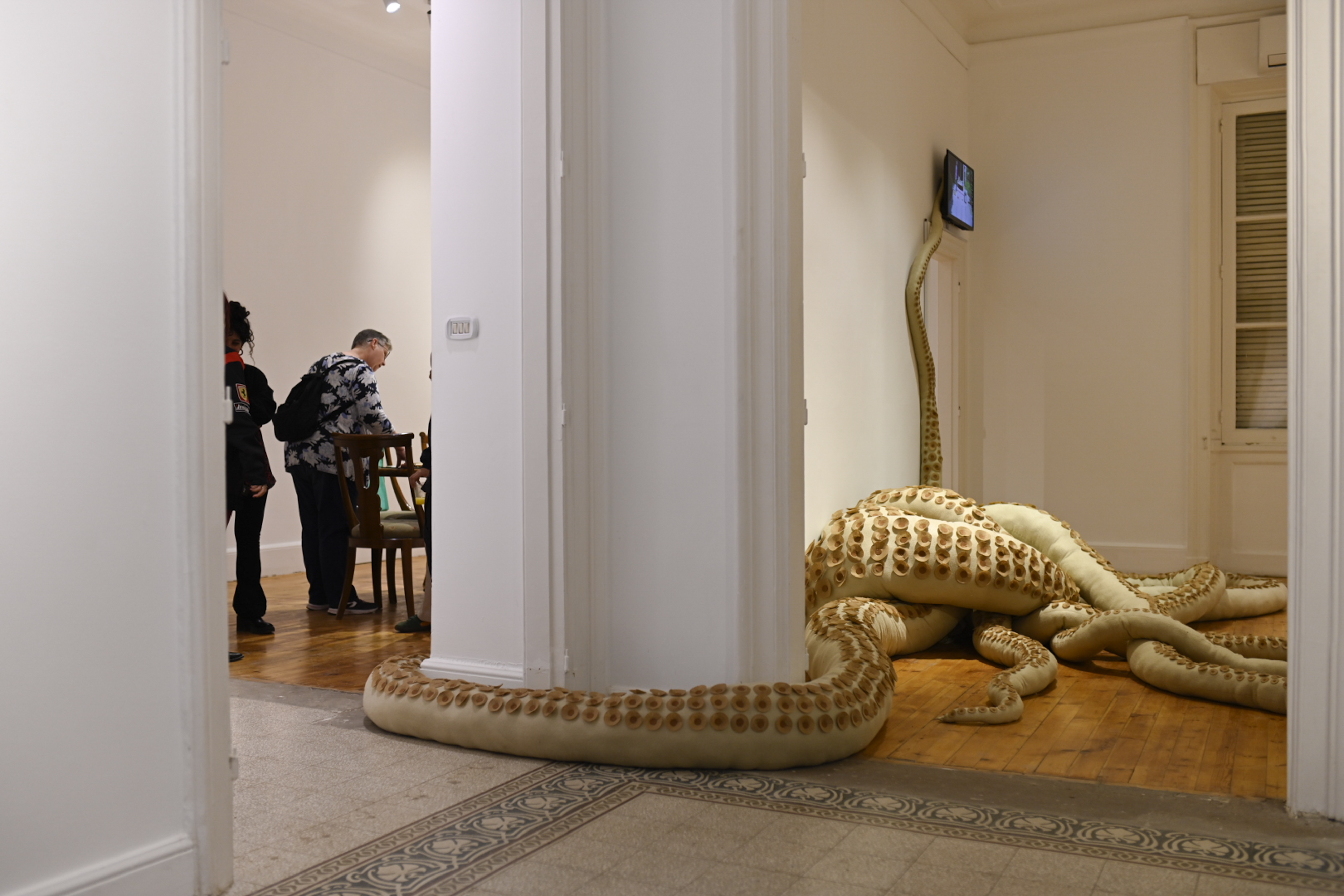
What Is More of Eight Legs and Hands?
A soft textile sculpture, executed and developed in collaboration with textile designer Alaa Abo El Goud.
2025
While Being an Octopus
A multi-channel performance video, presented in a continuous loop in HD.
Duration: (2:38 min / 2:20 min).
The full project (4 channel videos) is here.
2019.
A soft textile sculpture, executed and developed in collaboration with textile designer Alaa Abo El Goud.
2025
While Being an Octopus
A multi-channel performance video, presented in a continuous loop in HD.
Duration: (2:38 min / 2:20 min).
The full project (4 channel videos) is here.
2019.


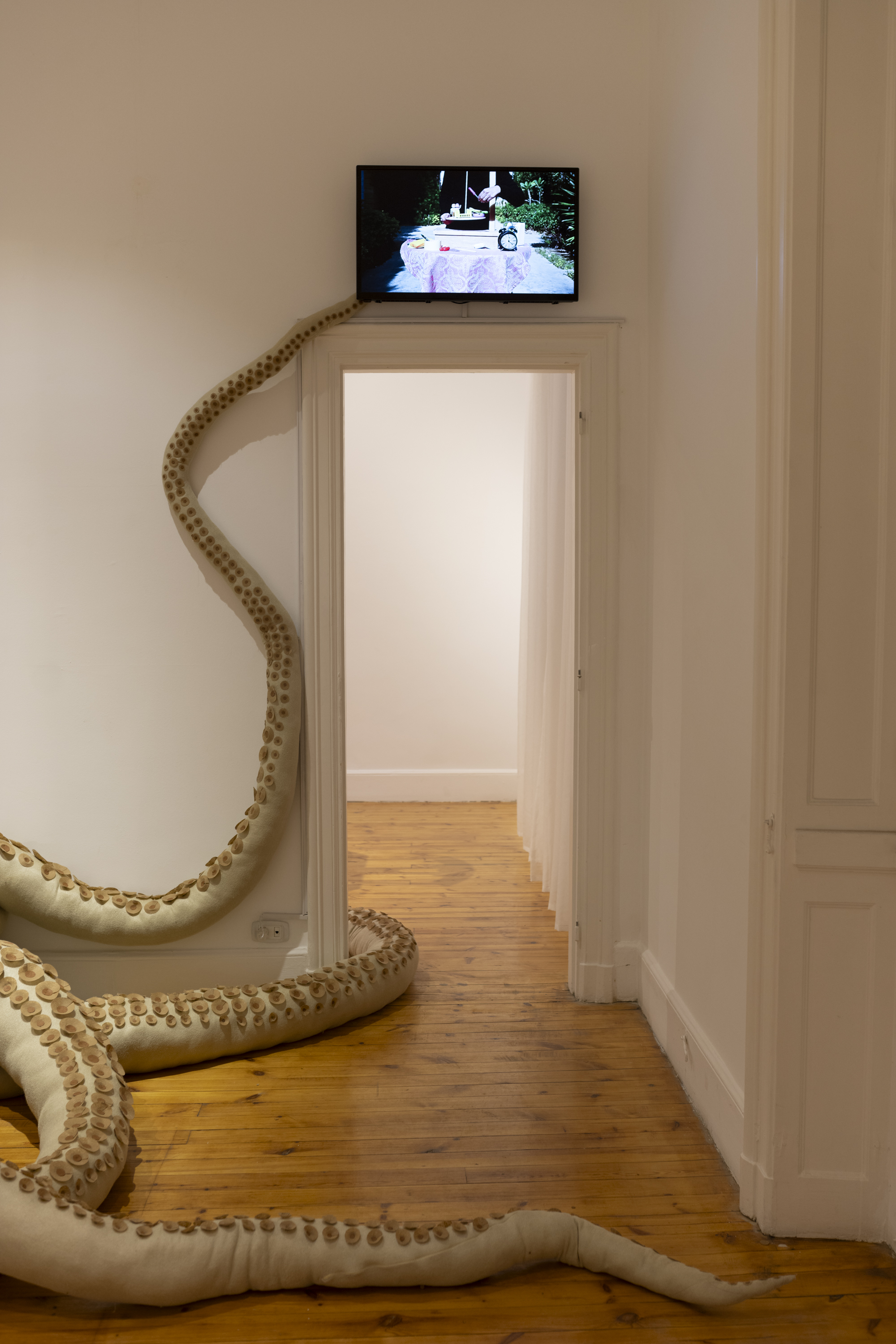

Continuous Negotiations
An interactive sculpture made of wood. Diameter: 130 cm
2025
An interactive sculpture made of wood. Diameter: 130 cm
2025

"Laboring for Love" is the first solo exhibition by artist Rania Atef, part of an extended art project she has been working on for six years, focusing on the themes of motherhood and care. In this exhibition, Rania explores the complex relationship between artistic and domestic work, highlighting the intertwining of her roles as both a mother and an artist. Through this lens, daily practices transform into artworks that reflect the intersection of different, often invisible forms of labor.
The project reshapes the boundaries between the home and the gallery, bringing domestic practices into the exhibition space. It sheds light on the importance of recognizing everyday efforts that often remain outside public and institutional acknowledgment, whether in the artistic or social realm.
The exhibition also delves into the roles of caregiving and unpaid labor as acts driven by love, while simultaneously questioning the economic and caregiving systems that rely on this hidden effort for their sustenance. It examines the relationship between professionalism and hobbyism, as well as the tension between resisting caregiving roles and acknowledging their significance.
Rather than documenting a personal life, the exhibition offers a subjective perspective on the intersections of domestic and artistic labor, It presents an experience where the two realms merge, urging us to reflect on the boundaries of the visible and invisible.. It may also serve as an attempt to commodify caregiving labor through artistic spaces, circumventing the larger economic system. The exhibition poses the question: Can artistic labor play this role while being subject to the economies of (in)visible labor?
The exhibition includes a parallel program featuring film screenings, readings, and discussions on labor and care, curated by art curator and researcher Ali Hussein Al-Adawy.
Video by Sanabel Badreldeen.


My Dear Home | Subtitles from The Movie I love
Seven text excerpts from the film "Empire M" (10 × 15 cm).
2024
Seven text excerpts from the film "Empire M" (10 × 15 cm).
2024
Love is a Capitalist emtion.


Conversations in a Beehive
An installation featuring a dining table displaying ten notebooks showing texts and ink drawings. Along with a soundtrack.
2020
Full project is here.
An installation featuring a dining table displaying ten notebooks showing texts and ink drawings. Along with a soundtrack.
2020
Full project is here.
The second shift of a ladybug
Photo series - found photos on mobileVariable dimensions
2024
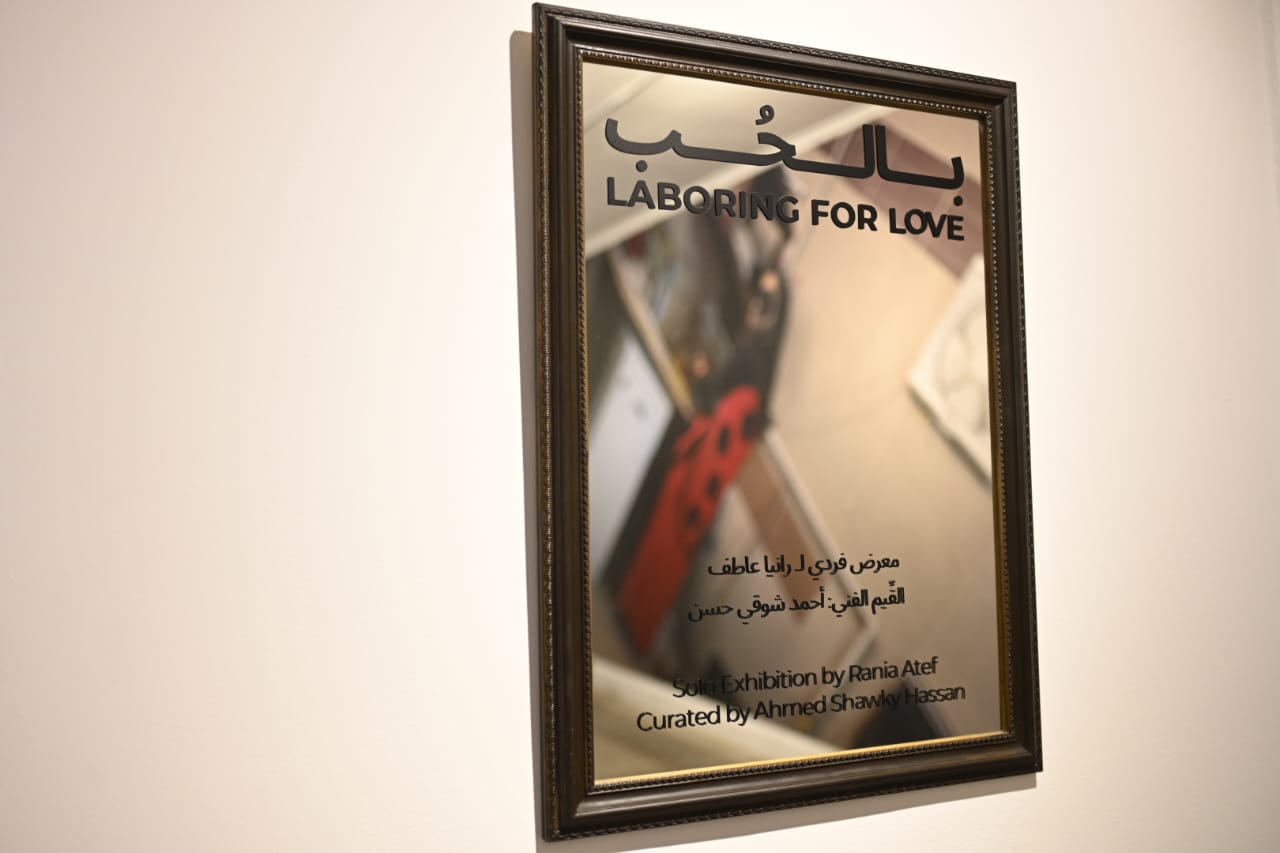

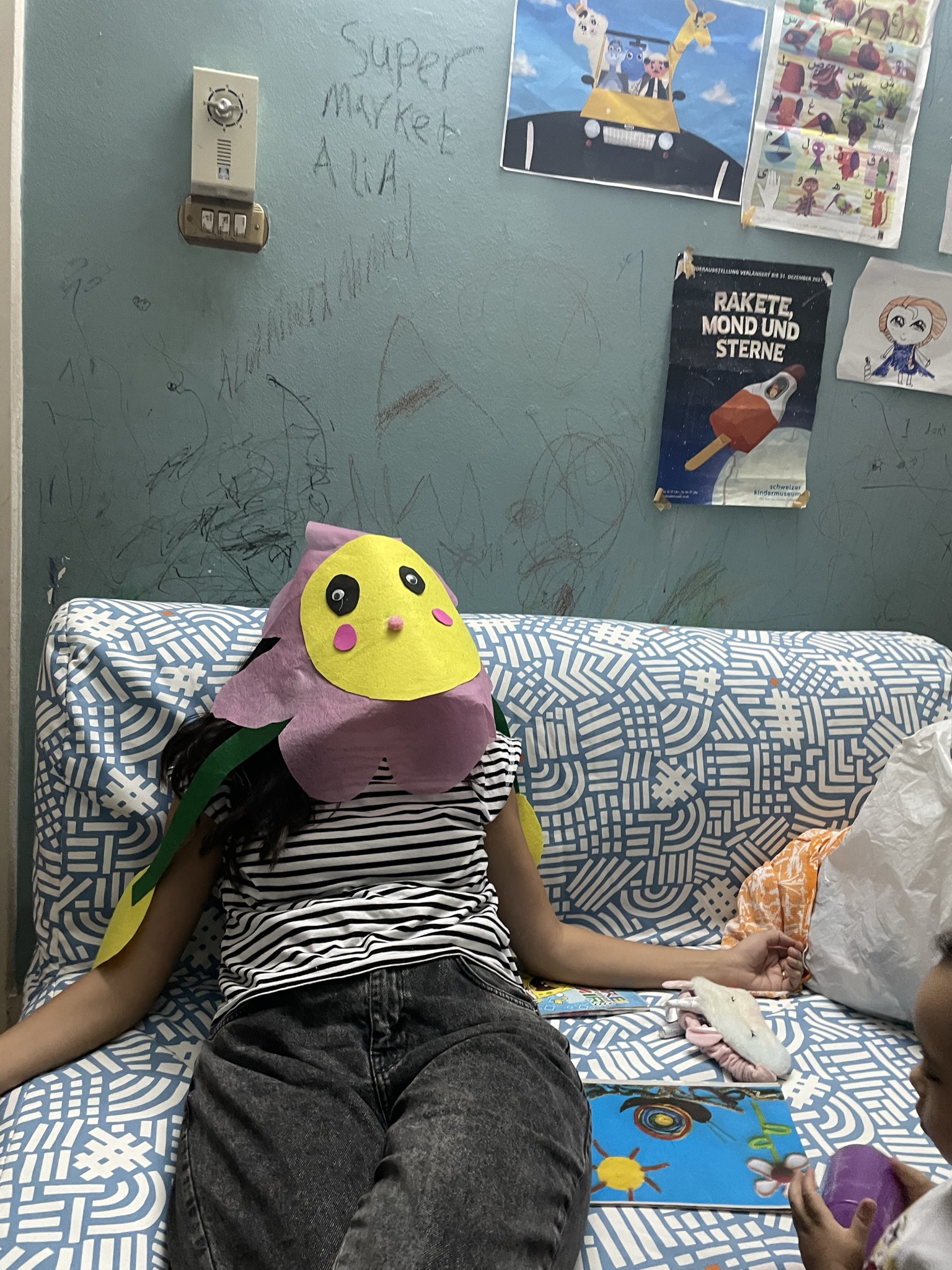
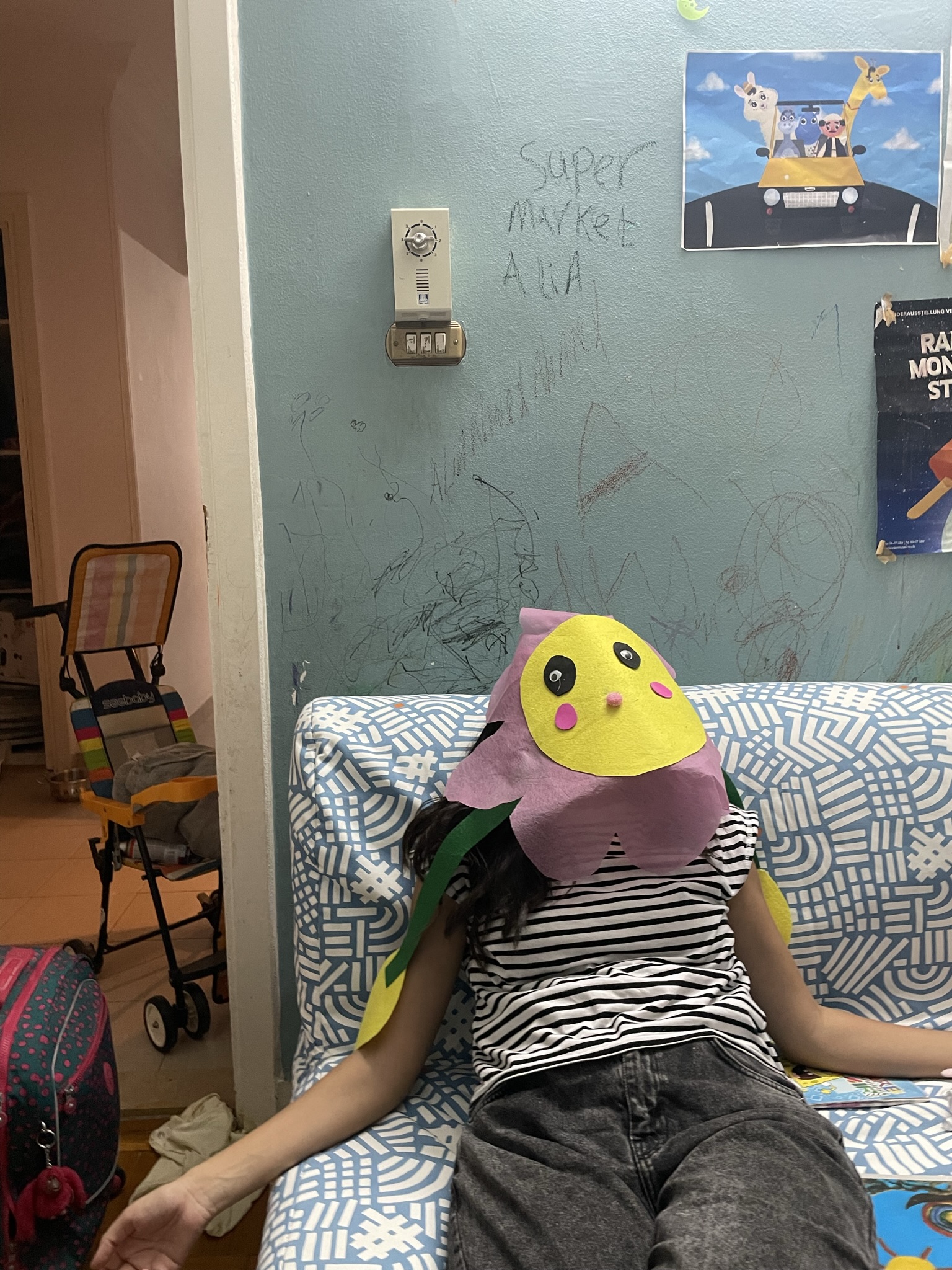
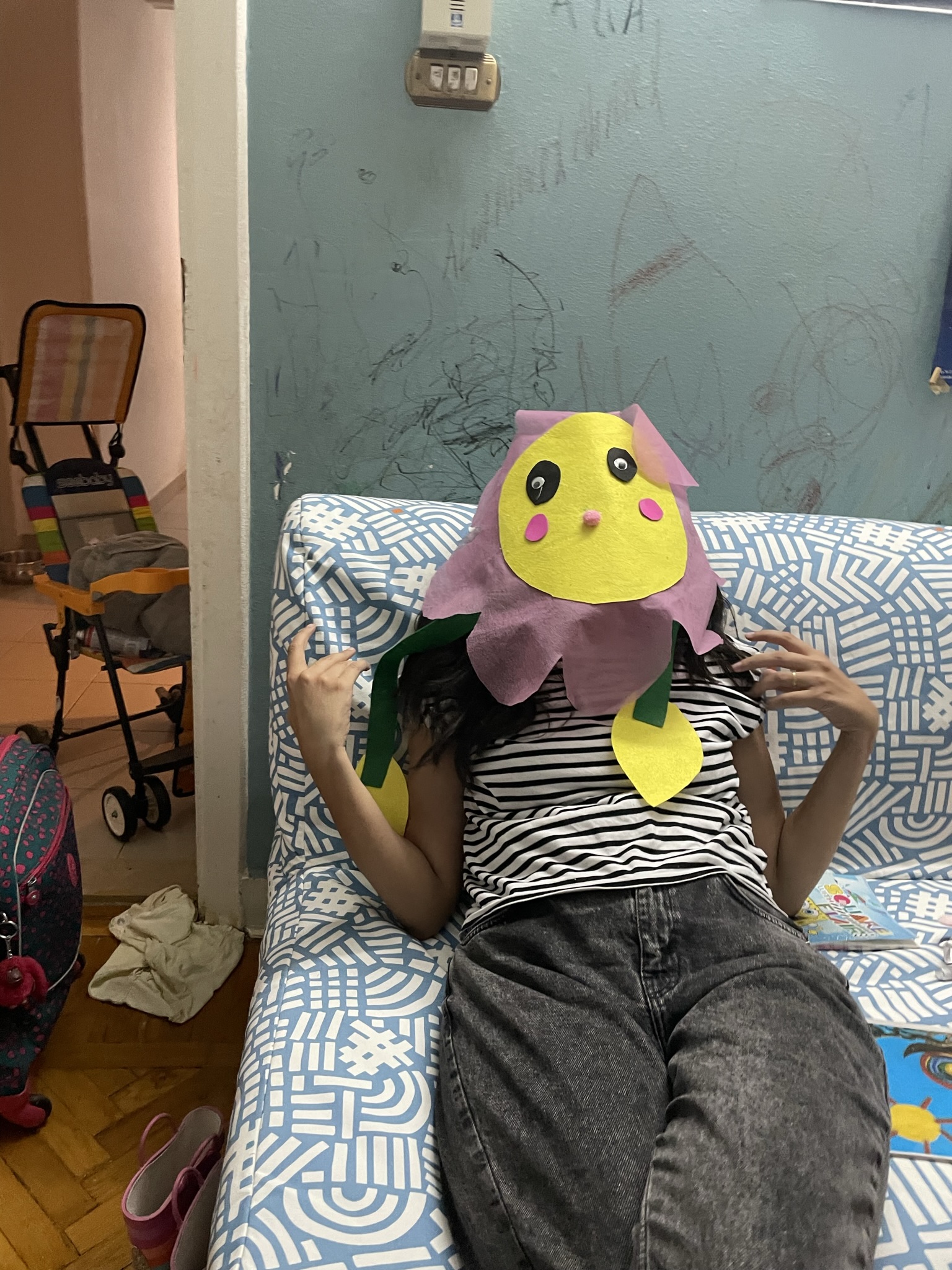




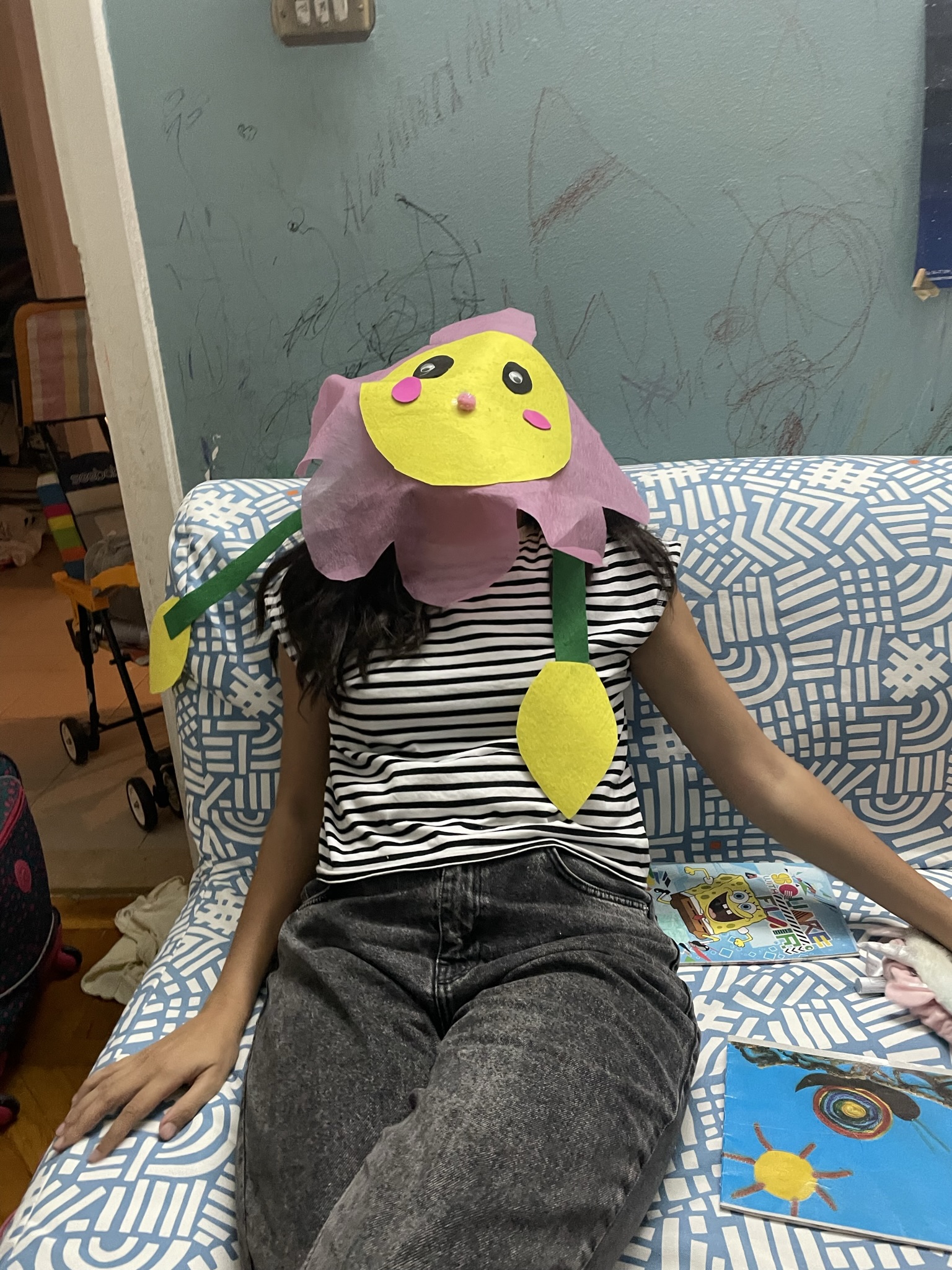
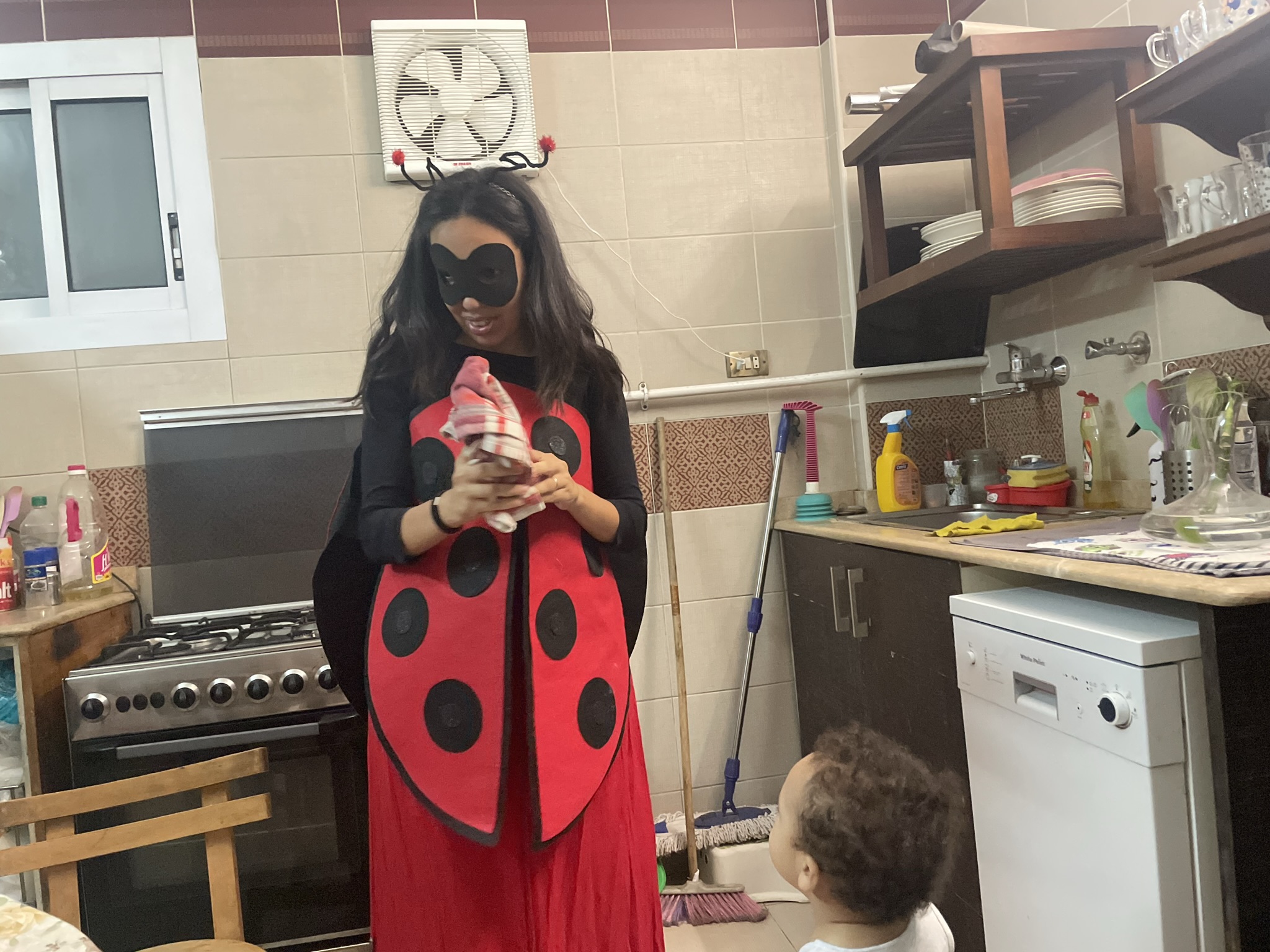

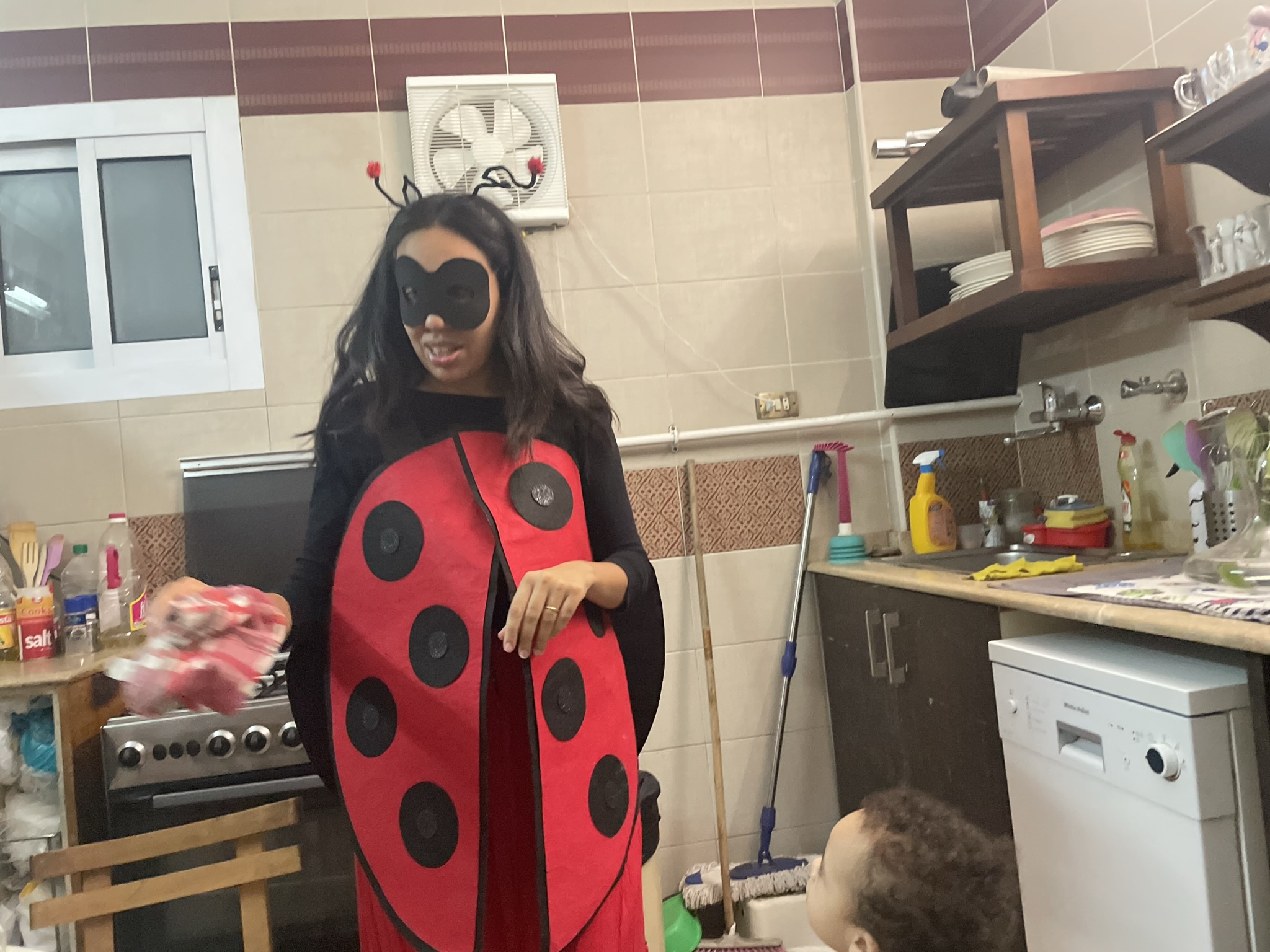

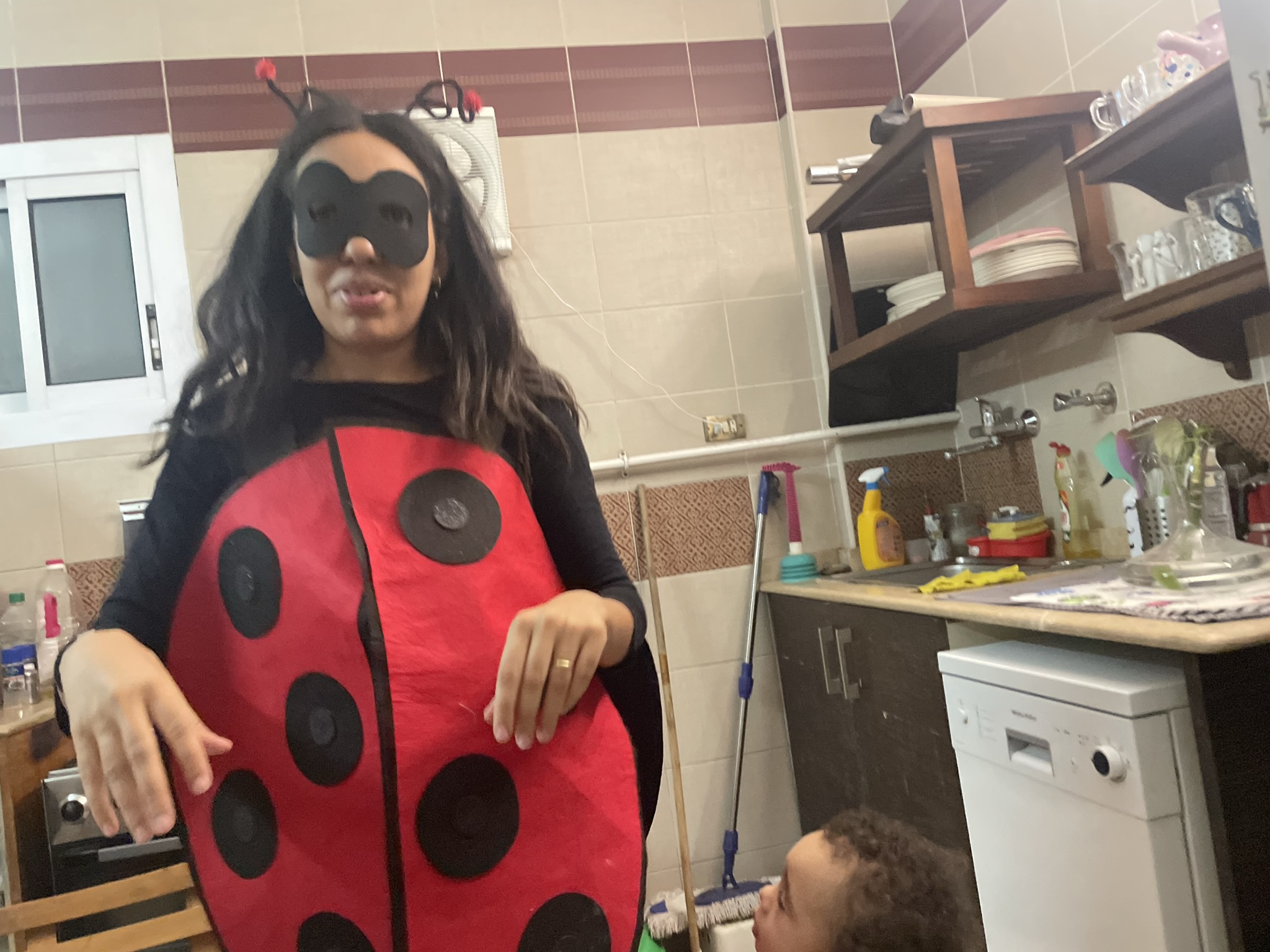
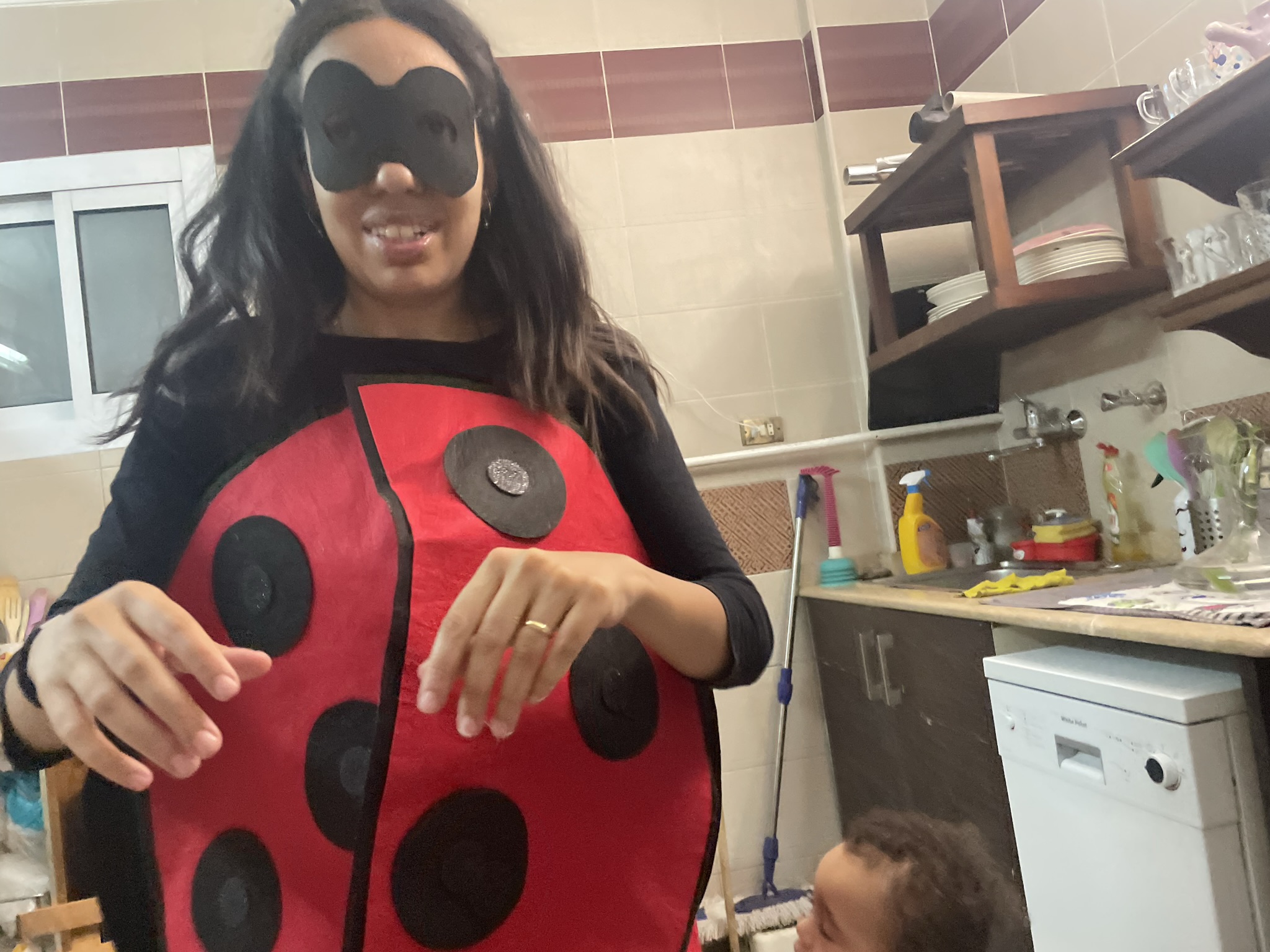

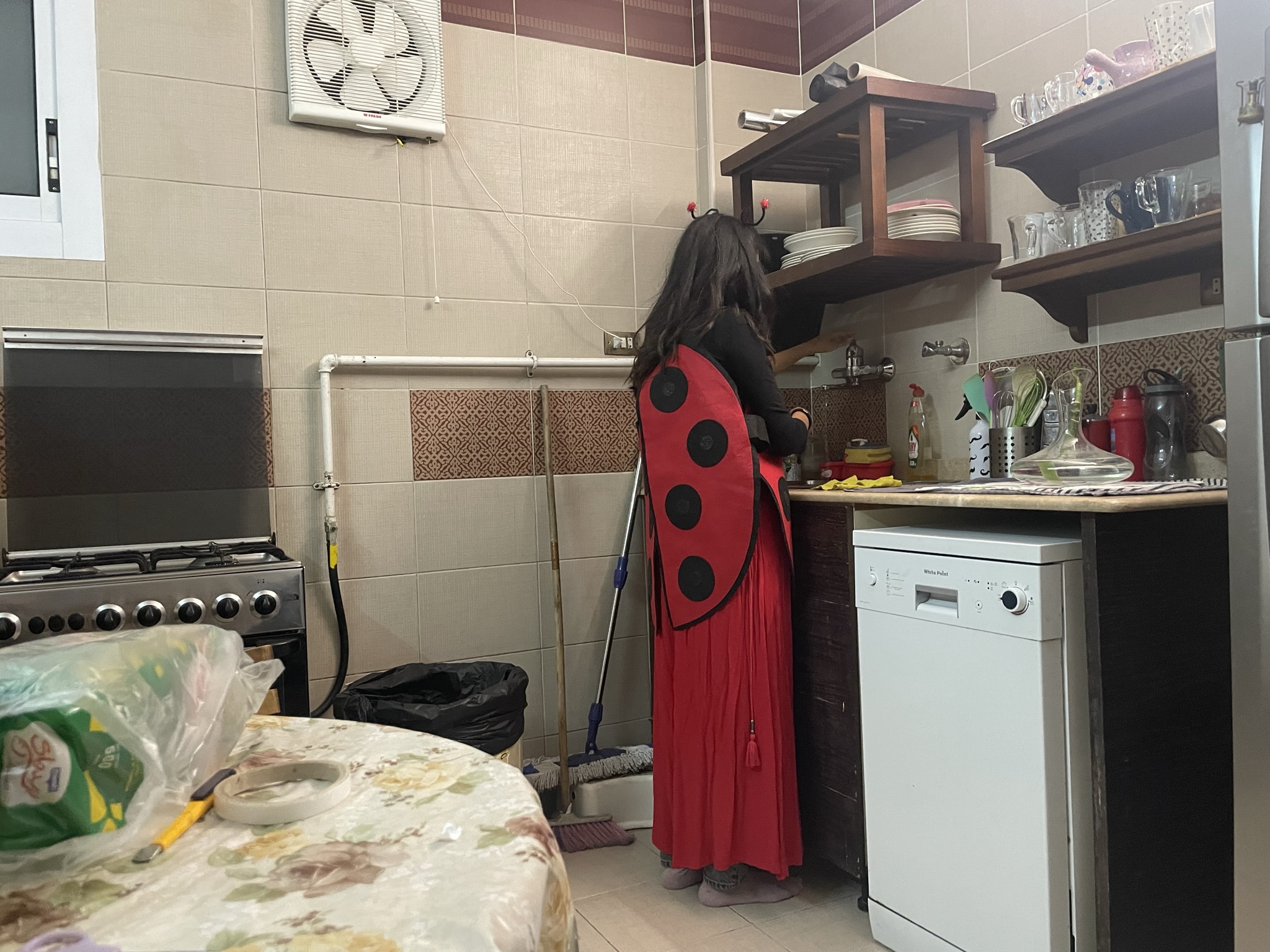
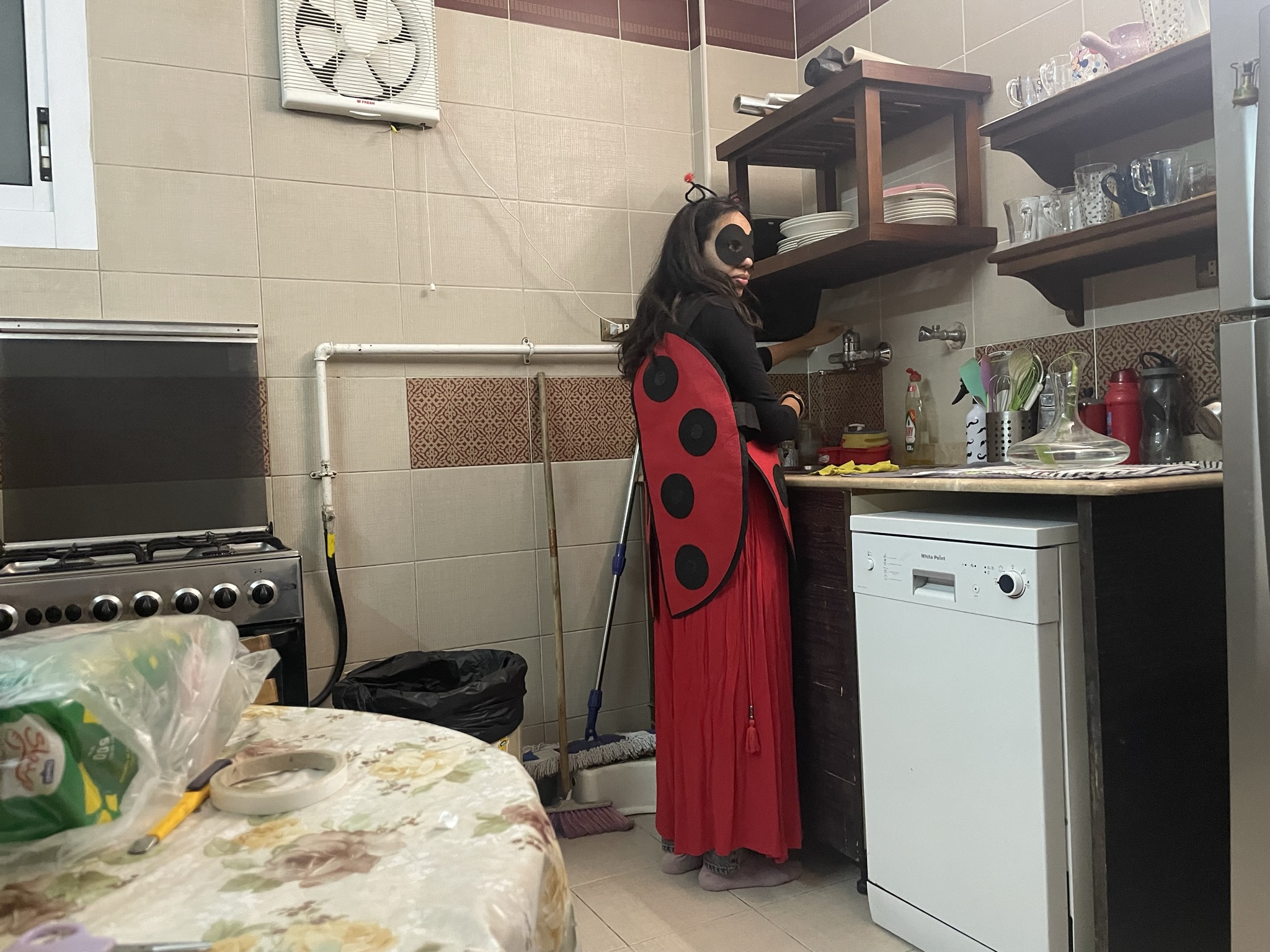
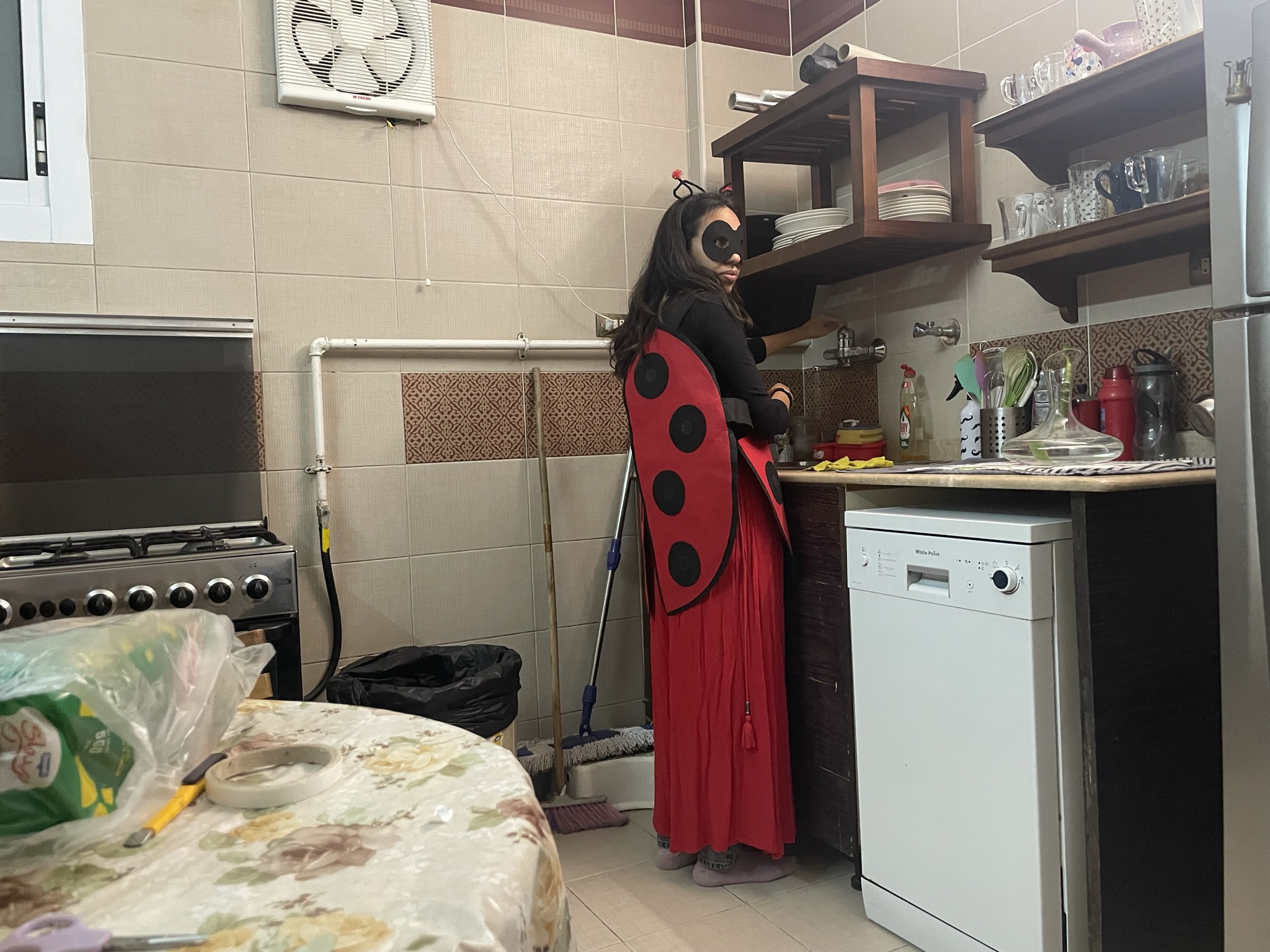

The work focuses on the dual nature of “home” as a space for care and work. Not only domestic labor that consumes energy and time, but also home as a space for artistic labor for people like me who are caregivers and use the same space for care and work. Perhaps the idea of institutionalization of the domestic space as home “creates a sense of detachment from our own safe homes; deeming us no longer able to see our intimate domestic spaces for what they are or used to be” excerpt from domestic mimicry by Sanabel Abdelrahman.
In this project I try to show the blurriness of the lines between work and care through playing with found archival photos in my mobile. I search my archive of personal photos, specifically found pictures where I have been photographed by my kids while they use my mobile. Almost most of the pictures are taken while I do home chores or art work or trying to do both together. Some of them are taken random while I am cooking, or doing home chores, and others were taken while I am trying to get dressed for shooting myself but I got distracted by home responsibilities or playing with my kids. Every picture is taken several times, as kids keep pressing the button taking the same photo but with different gestures. So I am interested in showing every photo with its several trials in series that include slightly different details or movement or different zoom.
Courtesy @ mykids (Alia and Hassan)
How can my daughter bear my ugly singing voice!
Lecture performance
2023
Ongoing

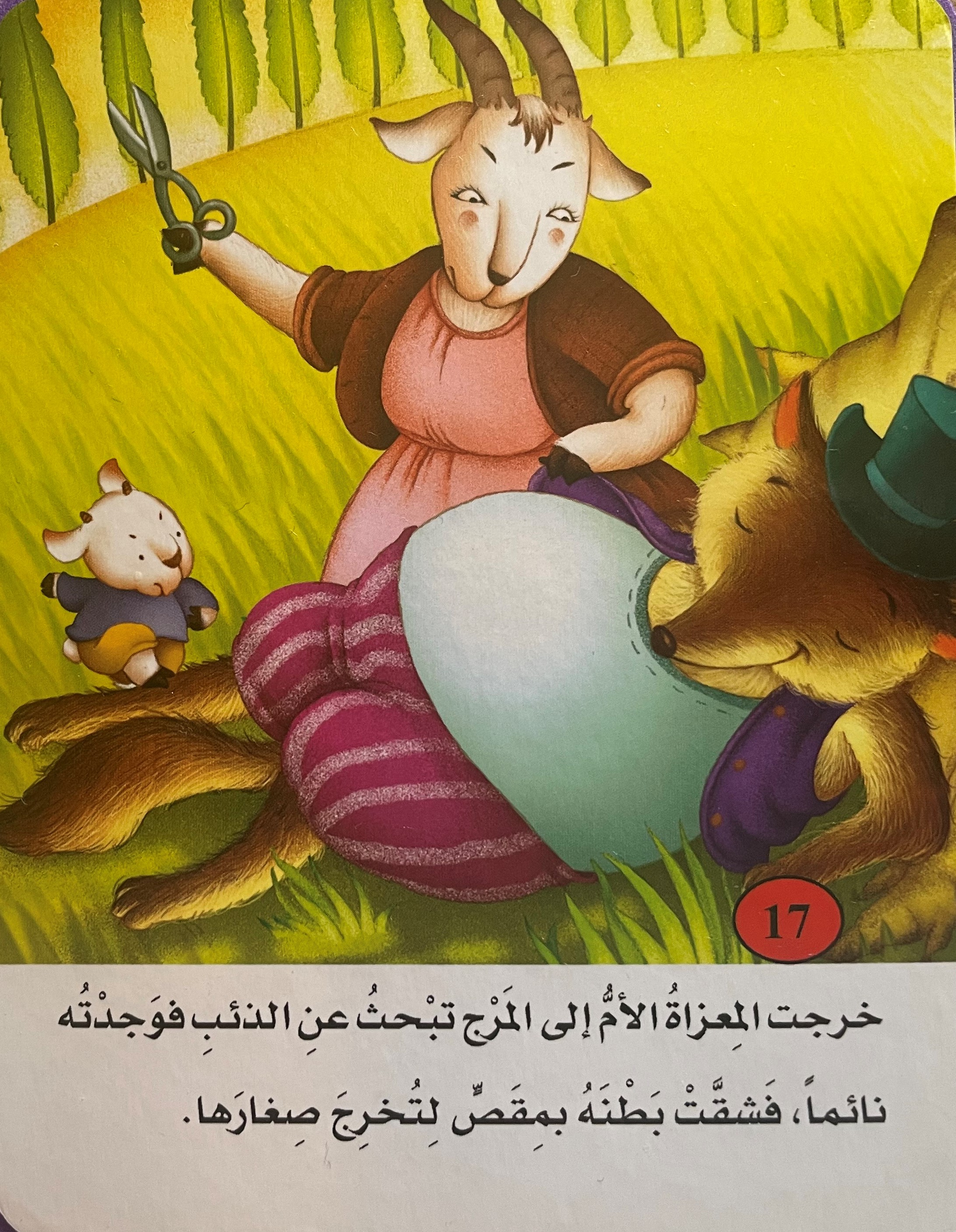

BAD MOTHER
GameText
2022

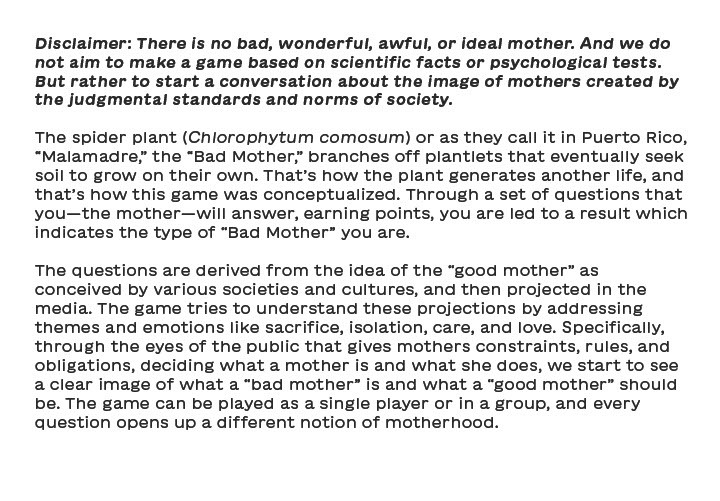







Please, Don’t look at the moon!
Installation
Sound, paper cuts, metal, threads, archival material
2021
Ongoing
Produced with the support of Warehouse421 and the French Institute in Alexandria.
Please, Don’t Look At The Moon is an anthology of drawings, songs, texts, and archival findings that culminates in more than a form; a text, sound installation, and a publication .The project focuses on the audio, verbal and visual culture that discusses issues related to women, children, society, and their interconnectedness. These invisible utterances circulate within contexts of knowledge dissemination like homes, schools, museums. The project, therefore, questions how these archives can subconsciously deepen beliefs and control behavior towards issues like gender, power, hierarchies, violence,
authority, power, racism, etc. It focuses on collaboration with women sharing their own local archives.
The project focuses on the invisible and indirect common knowledge passed within the framework of popular culture -specially tailored to women and children. Hence, I want to keep looking into the aesthetics of utterance found in these spaces which stems up from folkloric and popular proverbs that are found in myths, legends, stories, toys, and songs. The project’s point of entry is shedding light on how these archives can subconsciously deepen beliefs and control our collective behavior towards issues like gender, power, hierarchies, violence, authority, power, racism, etc. These archives- that are strongly rooted - hold a catalog of explanations that shows how these utterances reflect on our behavior and attitude towards political and social stances.
 Installation shots
Installation shots